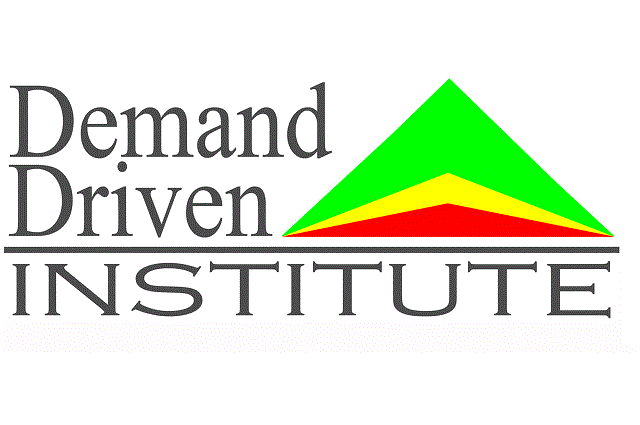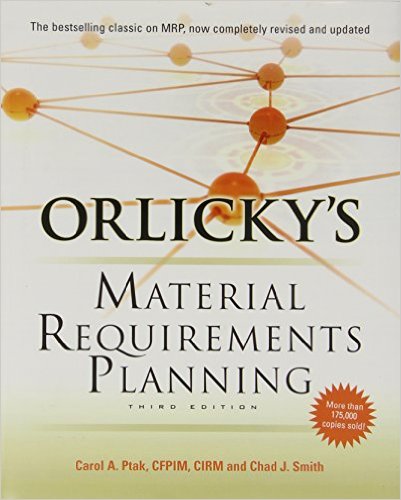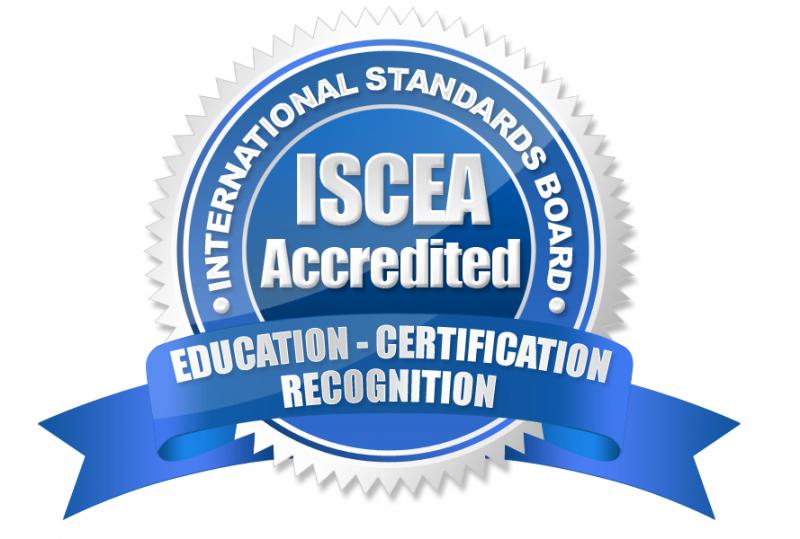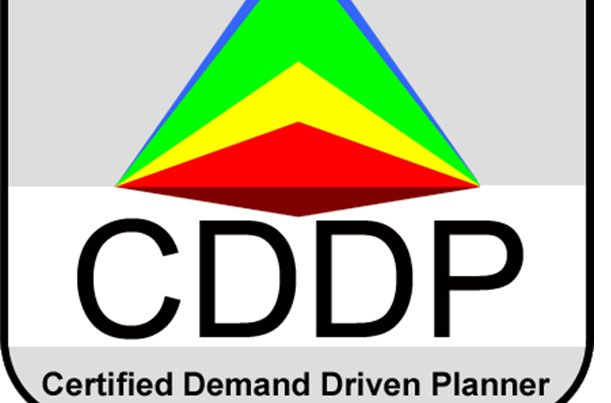CDDP即Certified Demand Driven Planner,需求驅動計畫員認證,是由國際供應鏈教育聯盟ISCEA(International Supply Chain Education Alliance)和需求驅動協會DDI(Demand Driven Institute)創立的。CDDP項目的主要目的是為了培養運營和供應鏈專業人士關於需求驅動物料需求計畫DDMRP (Demand Driven Material Requirements Planning)理論和套用。
基本介紹
- 中文名:需求驅動計畫員認證
- 外文名:CDDP
- 創辦於:2011年
- 認證機構:ISCEA & DDI
介紹
 DDI
DDI DDMRP
DDMRPCDDP與CPIM
 Orlicky's MRP
Orlicky's MRP國際聲譽
 ISCEA
ISCEACDDP項目內容
- Key questions for planning and flexibility
- Dealing with Variability
- Materials or Capacity - Where to Focus First
- Continued Relevancy of MRP formal planning
- The Challenge of MRP in Today’s Environment
- MRP and Pull-Based Methods (e.g. Lean, DBR)
- The Stagnation of MRP
- The MRP Conflict
- What does “Demand Driven” mean?
- Blending Independence and Dependence
- Part Types in DDMRP
- Planning and Execution
- The Five Primary Components of Demand Driven MRP
- DDMRP Comparison to Past Practices
- The Positioning Factors
- ASR Lead Time
- ASR Lead Time and Matrix BOMs
- Distribution network factors
- Cumulative variability
- Demand driven versus push and promote
- Network Configurations and Options
- Inventory – Asset or Liability
- Buffer Profiles
- Buffer Zones
- Calculating Buffer Levels
- Continuous Improvement and Buffers
- Buffer Level Summary
- Recalculated Adjustments
- Planned Adjustments
- Manual Adjustments
- Part Planning Designations
- The DDMRP Planning Process
- Supply Order Generation for Stocked Items
- DDDRP Supply Order Generation Considerations
- Supply Generation for Non-Stocked Items
- Decoupled Explosion
- Challenging Priority by Due Date
- Buffer Status Alerts
- Synchronization Alerts
- Execution Collaboration
- DDMRP Impacts to a Master Production Schedule
- DDMRP and Capacity Scheduling Implications
- DDMRP and Sales and Operations Planning
- DDMRP impacts to ERP
- DDMRP Performance Reporting
- Analytics
- DDMRP Solution Summary

